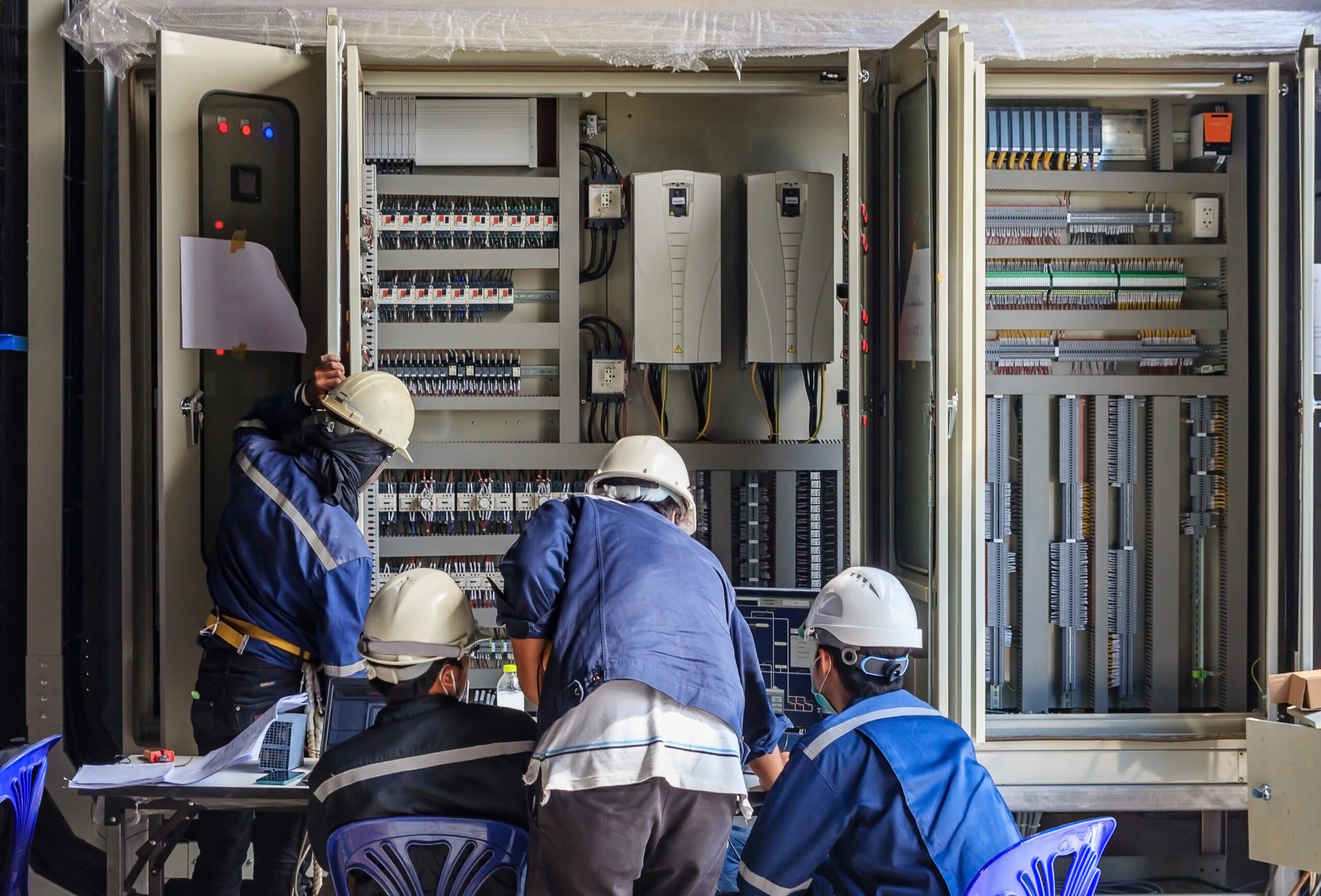Working with automated processing equipment can be dangerous. In fact, in 2014 the Bureau of Labor Statistics reported the manufacturing industry as having 125,990 nonfatal occupational injuries and illnesses involving days away from work. As an employer, it is your responsibility to ensure the safety of your employees on the job so that injury can be avoided.
The consequences of having an employee injured on the job are numerous but can include:
Stopping or slowing down of processing
Paying for sick leave while an injured employee recovers
Working without the appropriate number of employees
Making a Workers Comp insurance claim
Opening your company up to lawsuits or legal actions
Due to these and other consequences, it is vitally important that automated processing equipment safety guidelines are established, encouraged, and enforced.
Establish Appropriate Safety Guidelines
The first step in establishing appropriate safety guidelines is to identify every possible hazard when it comes to working with and alongside processing equipment. Falls, cuts, and even amputations are possible when safe practices aren’t followed.
Is the processing equipment inspected and maintained regularly? Are safety guards in place? Is there an automatic turn-off mechanism that shuts the machinery down if it detects a problem? Is the plant 100% compliant with every OSHA (Occupational Safety & Health Administration) safety regulation? Are these regulations posted where they are easily seen and in clear language?
The next step goes beyond OSHA compliance by making additional safety rules that are appropriate and reasonable for the conditions in which your employees are working every day. Examples of such rules are dress codes, rest break policies, specific processing protocol, and accident reporting requirements.
Encourage Your Employees
Once you’ve established appropriate safety guidelines, your employees must be encouraged to follow them. They will be more likely to do so if you have set rules that are necessary, justifiable, and beneficial. If overly restrictive rules are in place, employees will perceive them negatively and might be reluctant to abide by them.
It may be helpful get your employees’ input regarding workplace safety rules. Since they are working alongside the machinery every day, they may have some specific insight that is relevant to their safety.
Educating your employees on both the hazards and the rules in place to avoid them will go a long way to increasing compliance rates. Providing ongoing training and conducting mock disasters will give employees the knowledge and practice required to respond appropriately should an incident occur.
Enforcing The Rules
Yes, rules need to be enforced. However, one of the most dangerous things you can do as an employer is to impose disciplinary measures if an employee reports an incident, violates a safety rule, or is injured while not following safety guidelines. If your employees are afraid to make a report and therefore fail to do so, violations may never be known and oversights might never be investigated and mitigated.
Although not always necessary, implementing a safety management system can help focus efforts of enforcing rules and preventing injuries. Some items that can be included in a safety checklist can include:
Conduct routine and surprise inspections.
Reevaluate policies and procedures each time there is a change in process, materials, or machinery.
Implement a hazard and incident reporting system.
Investigate all accidents and near misses to determine their root cause.
Recognize employees for safe work practices.
By creating a culture where reporting an incident or injury is a protected act and by accepting your own responsibility in ensuring your employees’ safety, you are doing your part to keep them healthy and uninjured on the job.







